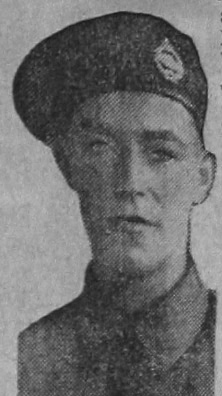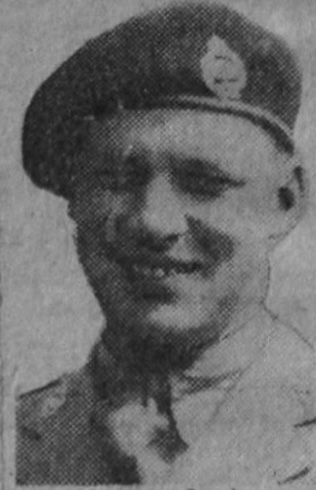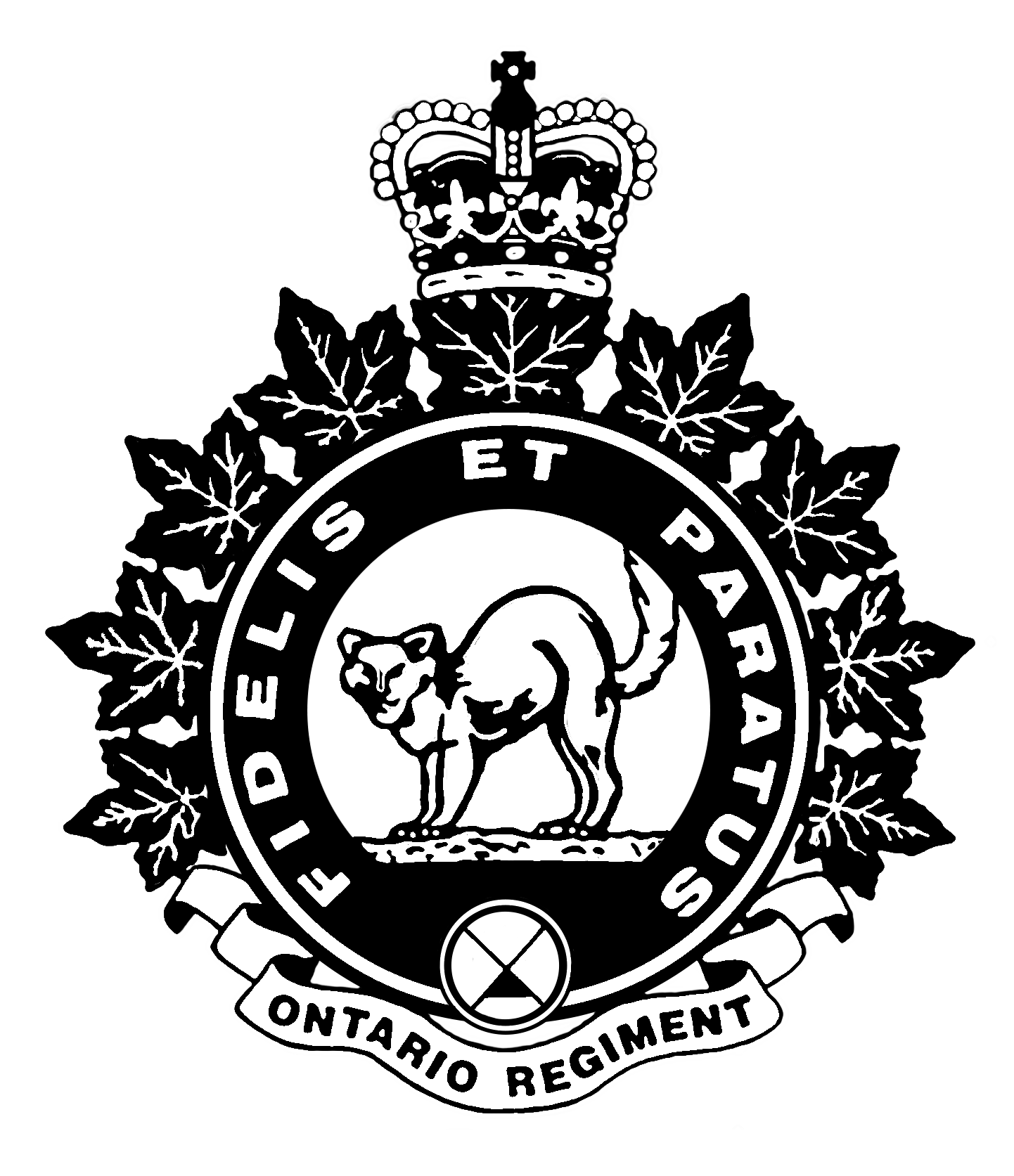Battle of Colle d’Anchise
In mid-October 1943 the Ontario Regiment was ordered to move to the 1st Canadian Infantry Division area in Campobasso. Campobasso had just fallen to the 1st Division a few days previously. The immediate objective was to consolidate the Allied gains around Campobasso and make preparations for the town to be developed into a Forward Maintenance Centre. The task for the 1st Division, with support from the Ontarios, was to push the German formations back so that their guns were out of range ofCampobasso and the surrounding towns.
Beginning on 18 October, the Ontario Regiment supported Canadian infantry regiments in taking the towns of Baranello, Busso, and San Stefano.

The next objectives were the capture of the towns of Colle d’Anchise and Spinete on 23 October. Two troops from “A” Squadron under command of Captain N.B. Bayley were assigned to support the Loyal Edmonton Regiment (LER) for the attack on Colle d’Anchise. The LER took the Germans in Colle d’Achise by surprise and entered the town unopposed. Heavy street fighting broke out and the infantry called for tank support. Captain Bayley’s tanks were held up in crossing the Bifurno River. They were able to descend into the valley and move along the river to the designated exit point, but found that the engineers were still constructing it while under heavy German mortar fire.
After a two hour delay the tanks were able to struggle up the steep valley walls. Infantry guides were expected to be waiting, but none appeared. Captain Bayley’s tanks pushed on toward Colle d’Anchise, encountered and dispatched groups of German infantry along the way. They were also ambushed by two German Panzer IVs, with some of the Ontario’s tank being destroyed or damaged.
While the confusion around Colle d’Anchise was unfolding, the Princess Patricia’s Canadian Light Infantry attacked Spinete in the afternoon. Tank support was requested from Lieutenant J.E. Slinger’s troop from “A” Squadron, but he faced the same challenge in ascending the river bank. Spinete fell to the Patricias without opposition, as the Germans had pulled out immediately before. “C” Squadron spent the day protecting the right flank of infantry who were patrolling in the hills.
On 24 October the situation had improved dramatically for the Canadians. The Germans had evacuated the area between Spinete and Colle d’Anchise. There were follow-up attacks over the next two days, with the Ontarios supporting the infantry in the capture of the towns of Torella, Molise and Bojano.
It had been a tough two days for the Ontarios on 23-24 October, with several tanks being destroyed or damaged by enemy fire, while others bogged down in soft ground or were disabled due to thrown tracks.
The Ontarios lost four members killed in action during the fighting for Colle d’Anchise. Lance Corporal Harvey Donaldson and Trooper William S. Veitch were killed on 23 October. Donaldson was a truck driver from Toronto before the war and was one of the original Ontarios, having joined in September 1939.

Veitch was living in Porcupine, Ontario and working as a carpenter’s assistant when he joined the army in January 1942.

Trooper William Dunstan bailed out of his destroyed tank on 23 October, crawled over an anti-personnel mine and died of wounds the following day. Dunstan was living in Creemore, Ontario where he worked as a store-keeper before joining the army in May 1940. Lieutenant Walter S. Ecclestone was killed on 24 October during a foot reconnaissance when he stepped on a mine. Ecclestone, known as “Stu” to his friends, was employed as an accountant at the Canada Permanent Trust Company in Toronto prior to his enlistment early in the war.All four Ontarios are buried in the Moro River Canadian War Cemetery.
The Ontario Regiment was awarded the battle honour “Colle d’Anchise.”

The Regiment’s chaplain, Honorary Captain Waldo E.L. Smith, was awarded the Military Cross and Trooper Phil G. Thornhill of Toronto was awarded the Military Medal for their assistance in caring for and evacuating the wounded on 23 October.
“A” and “C” Squadrons were released from doing infantry support during the last week of October and moved to the Regimental concentration area at Casa Barone, about four miles southwest of Campobasso. “B” Squadron joined them in early November. November was quieter for the Ontarios. The first two weeks of the month were spent on vehicle maintenance. The original plan was to remain in the same area for the winter. New orders were received in mid-month for a move to the east coast.
On 17 November 1943 the tanks were loaded onto tank transporters for the road move to the Regimental harbour west of Termoli. The wheeled vehicles moved on their own power. The plan for the next few months was laid out by General Montgomery. The British Eighth Army would begin the push for Rome from the east coast of Italy, with the immediate task of crossing the Sangro River.
The Ontarios, along with rest of the 1st Canadian Armoured Brigade and 1st Canadian Division, were placed in reserve. They were positioned to exploit the success of the assaulting divisions and to provide relief when conditions permitted. At the end of November, the Sangro River had been crossed by the Eighth Army troops. The Regiment left the harbour near Termoli on the morning of 30 November for two road moves that brought to a harbour just south of the Sangro River on 1 December.
The stage was set for one of the bloodiest months the Regiment was to endure.
Rod Henderson
Rod Henderson is the Regimental Historian of the Ontario Regiment. He served as a Sergeant in the Regiment and is the author of “Fidelis Et Paratus: The History of The Ontario Regiment RCAC”.

